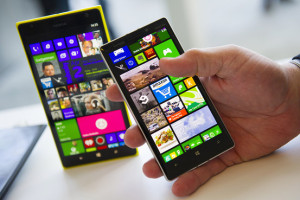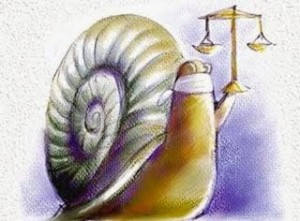Design patents have been making the news. Last summer, Apple’s $1.05 billion verdict against Samsung was famously based, in part, on the finding that Samsung infringed Apple’s rounded-rectangle and edge-to-edge glass designs. Since then, Yamaha, Thule, Oakley, Nike and Spanx, to name just a few, have litigated in the U.S. over the design of headphones, ski racks, sunglasses, footwear and women’s undergarments. And just last month, former head of the USPTO, David Kappos, published an OpEd piece describing design as “the new frontier of intellectual property.”
Nothing has fundamentally changed about the nature of design patents. The first US design patent was granted in 1842. The Statue of Liberty, Coke bottle, Volkswagen Beatle, Stealth Bomber and Star Wars’ Yoda are all protected by design patents. Design patents have long played an important role in consumer electronics, automotive, apparel, jewelry, packaging and other industries.
But industrial design is becoming increasingly important, Mr. Kappos explains, because the increasing functionality of man-made devices brings with it increasing complexity, so innovative companies are constantly seeking superior designs, a convergence of form and function that helps make the complex simple and sets their companies apart; and protecting such designs is critical.
While that explanation sounds reasonable, in China there are additional factors and – as always – the picture is complex and uncertain, but it is perfectly clear that companies doing business in China, from manufacturing to sales, should seriously consider the roles design patents can play with respect to brand protection, counterfeiting and unscrupulous business practices. Continue reading →


